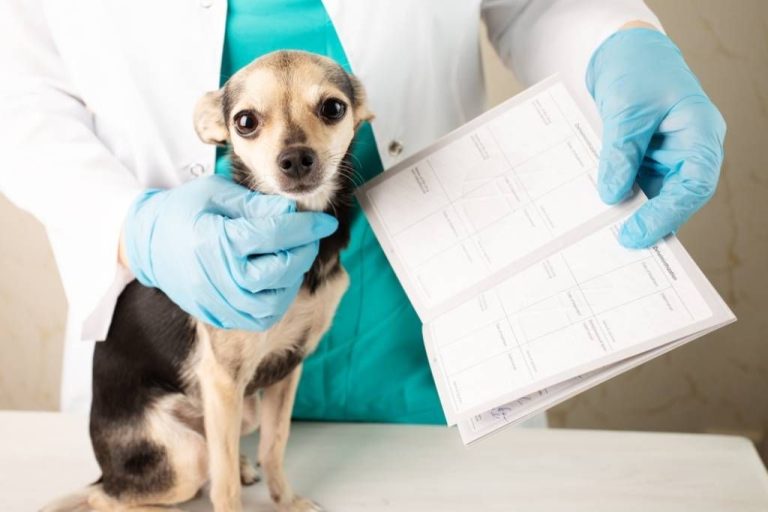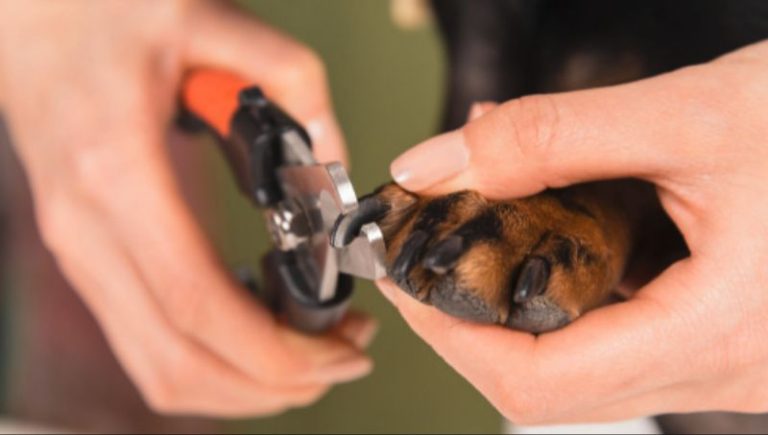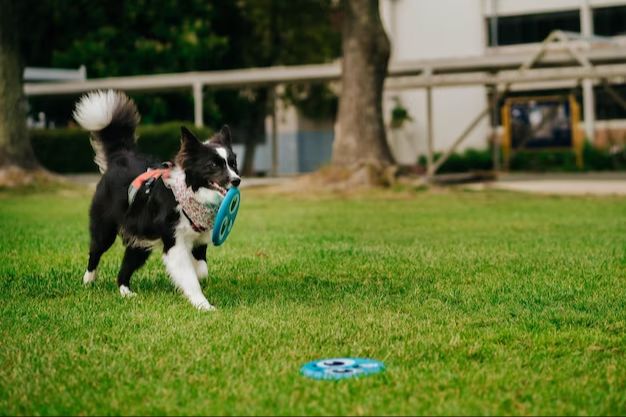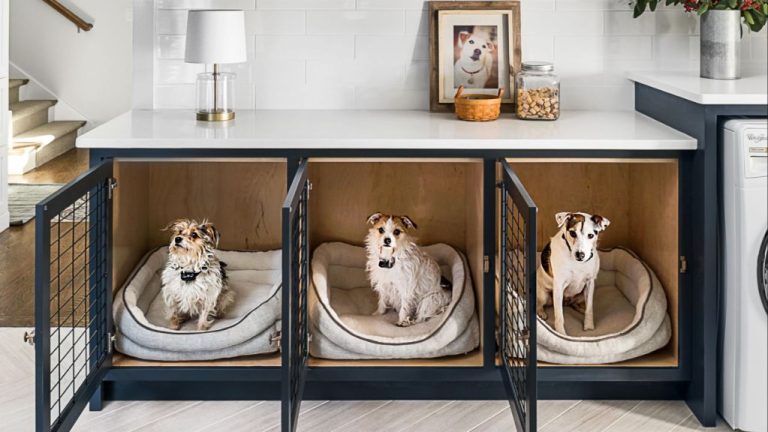The Essential Beginner’S Guide To Leash Training Your Dog
Leash training is one of the most important skills to teach your dog. It establishes control and communication for walks and other outings, and helps keep your dog safe. According to The Importance of Leash Training Your Dog, leash training provides consistency and structured exercise beneficial for both dogs and owners.
Through leash training, you’ll teach your dog not to pull on the leash, to walk calmly by your side, and to focus on you even with potential distractions. Common challenges include excitable dogs who want to run and explore, as well as fearfulness or reactivity to sights and sounds. With a positive, rewards-based approach you can overcome these hurdles and enjoy pleasant, controlled walks.
Preparing for Training
Proper equipment is essential for effective leash training. You’ll need a sturdy leash and collar or harness that gives you good control over your dog without causing discomfort. According to Dog Training Gear – EzyDog, the best options for leash training include fixed-length leashes between 4-6 feet, martingale collars, or front-clip harnesses that gently discourage pulling.
Using treats or small pieces of your dog’s favorite food can help motivate them during training sessions. Make sure treats are soft and easy to eat quickly. Bring plenty so you can reward desired behaviors frequently.
Finding a suitable location is also key. Start in a low distraction environment like your backyard. As your dog masters skills, gradually move to areas with more distractions like quiet parks or streets. Always start new training locations on a long line before going to a regular leash.
Getting Started
When beginning leash training, it’s important to start slow and make the experience positive for your dog. The first step is to allow your dog to get comfortable wearing a collar and leash. Put the collar on your dog for a few minutes at a time, providing treats and praise. Then attach the leash and let them drag it around while indoors.
Once your dog seems comfortable walking around with the leash attached, start taking them on short training sessions outside. Only plan to walk for a few minutes at first. Keep the sessions positive by bringing along tasty treats and toys. If your dog starts to pull on the leash, stop and wait until the leash slackens before continuing. The goal is to reinforce that staying near you keeps the walk going.
When first leash training a puppy, sessions may only need to be 2-3 minutes. For an adult dog that’s new to the leash, strive for 5-10 minute sessions. Keep them short and end on a positive note during these initial sessions. You want your dog to learn that walks are rewarding.
Teaching Loose Leash Walking
Teaching your dog to walk without pulling on the leash is one of the most important skills to master. When your dog starts pulling, immediately stop walking and wait for the leash to become loose. As soon as the leash becomes loose, you can begin walking again. This teaches your dog that pulling doesn’t get them anywhere. Consistently stop each time your dog pulls on the leash.
You can also change directions suddenly each time your dog begins pulling. Turn and walk in the opposite direction from where your dog is pulling. This helps them learn to pay attention and follow you instead of trying to lead the walk. Praise or give treats when your dog walks beside you without pulling so they learn this is the behavior you want.
Make sure to focus your training on rewarding loose leash walking rather than punishing pulling. Stopping and changing directions are negative reinforcement for pulling, while praise and treats are positive reinforcement for loose leash walking. With consistency, your dog will learn that having a loose leash gets rewarded and having a tight leash ends the walk.

According to Animal Humane Society, you should stop moving forward when your dog begins to pull and wait until the leash is loose again before continuing on your walk. Changing directions when they pull can also help train them to not lead and instead focus on you during your walk. Consistent rewards for loose leash walking will reinforce this behavior in your dog.
distraction Training
Leash training can be difficult if your dog is easily distracted by other dogs, people, sights and sounds. The key to distraction training is to gradually add in these distractions as you practice loose leash walking (AKC). Start in an area with minimal distractions and reward your dog for focusing on you and walking properly. Once they reliably walk well here, move to an area with slightly more distractions like your backyard. Reward again for staying focused.
Continue increasing distractions slowly – move to the front yard, then a quiet street, a busier street, the park etc. If your dog starts reacting to a new distraction level, dial back the distraction and practice more at the previous level. Staying below their reactivity threshold allows them to learn while keeping their emotions regulated (PetMD). Practice asking for their attention with “watch me” and reward for refocusing frequently.
With time and consistency, your dog will learn to ignore the sights, sounds and smells that initially distracted them. Keep training sessions short, end on a positive note, and be patient. Proper distraction training sets your dog up to pass their leash manners test in any environment (WagWalking).
Troubleshooting Pulling
Pulling while on a leash is one of the most common issues dog owners face when walking their dog. There are several reasons why dogs pull on the leash:
- Dogs are excited to explore new sights and smells during a walk.
- Dogs instinctually want to be pack leader and get ahead on the walk.
- Dogs find it rewarding to pull against the leash and get where they want to go.
Here are some tips to help reduce pulling during leash training:
- Use high-value treats to reward loose leash walking and refocus your dog’s attention on you.
- Stop moving forward when your dog pulls and wait for slack in the leash before continuing.
- Practice quick direction changes, sits, and pace changes to keep your dog engaged with you.
- Consider using a front-clip harness or head halter to turn your dog around when they pull.
Head halters are an effective tool for reducing leash pulling. Brands like Gentle Leader and Halti fit around the dog’s snout and neck. When the dog pulls, the leash turns their head around rather than allowing them to pull forward. It applies little to no pressure but redirects your dog’s attention back towards you. Head halters should only be used under supervision.
Front-clip harnesses are also helpful for leash training. Brands like Easy Walk and Sense-Ation attach the leash to the front of the chest. When the dog pulls, their momentum is redirected back towards you in a U-turn instead of allowing them to pull forward. Make sure to find a properly fitted harness for your dog’s breed and body type.
Training Consistency
Consistency is vital to successfully training your dog. According to the American Kennel Club, “Dogs are not born understanding English. They are very good at learning words, but need to be taught word meanings very clearly and concisely.” The Importance of Consistency in Training Your Family Dog. You must be consistent in the cues and commands you use, the tone of your voice, the hand signals, rewards, and corrections. Otherwise, your dog may become frustrated and confused.
Aim to practice daily short training sessions of 5-10 minutes. Frequent, brief lessons will help reinforce the behaviors better than longer, infrequent sessions. Puppies have short attention spans, so keep things upbeat and positive, then end on a good note. Always reward your puppy for good behavior immediately with praise, treats, or play. This positive reinforcement will motivate them to repeat the behavior. Be patient and consistent – it takes time and repetition for a puppy to reliably learn commands. But with persistence, your hard work will pay off.
Proofing
Proofing is an important part of leash training to ensure your dog reliably walks politely on leash in the real world. After your dog masters loose leash walking in a low distraction environment like your home or backyard, you need to start testing their skills in new locations.
Take your dog to a variety of new places for walks such as around the neighborhood, at the park, on hiking trails, or in pet-friendly stores. Go during different times of day as well. The new sights, sounds, smells, and people will be very distracting at first. Be patient and use treats, praise, and corrections as needed to keep your dog focused.
Gradually increase the difficulty by walking past other dogs or tempting distractions. You want to set your dog up for success but also challenge them enough to build real reliability. If your dog starts pulling again, go back to an easier environment and build their skills back up.
With consistent proofing sessions, your dog will learn to walk politely on leash regardless of the environment. Always end on a positive note with more praise than corrections. Proofing builds real world reliability so you can enjoy relaxed walks with your dog. For more tips, see this article: Dog Training Tips: How to ‘Proof’ Behaviors
Common Mistakes
Some of the most common mistakes people make when leash training their dog include:
Moving too fast – It’s important to start slow and keep training sessions short in the beginning. Rushing through training or doing sessions that are too long can overwhelm the dog. Go at their pace and gradually increase duration and difficulty over time. [1]
Inconsistent training – Training needs to be an everyday routine for your dog to understand what’s expected. Being inconsistent with training, rules and rewards will only confuse your dog and delay progress. Stick to scheduled daily training. [2]
Not using rewards – Proper positive reinforcement with treats, praise or play is key during training. If you don’t reward good behavior, your dog won’t understand what you want them to do. Always reward loose leash walking to reinforce it.
Conclusion
In summary, leash training your dog takes time, consistency, and patience, but it is an extremely beneficial skill for both dog and owner. By starting slow, using positive reinforcement techniques, and being consistent with training, you can teach your dog to walk calmly on a leash.
Some of the main points to remember are using high-value treats to motivate your dog, stopping or changing direction when they pull on the leash, and praising and rewarding any loose leash walking. Practicing in short, frequent sessions will help your dog learn faster.
While leash training may seem challenging at first, the benefits make it well worth the effort. A dog who can walk politely on leash is a joy to bring places, gets more exercise and enrichment, and has a stronger bond with their owner. With time and consistency, you’ll have a well-behaved walking companion by your side.






